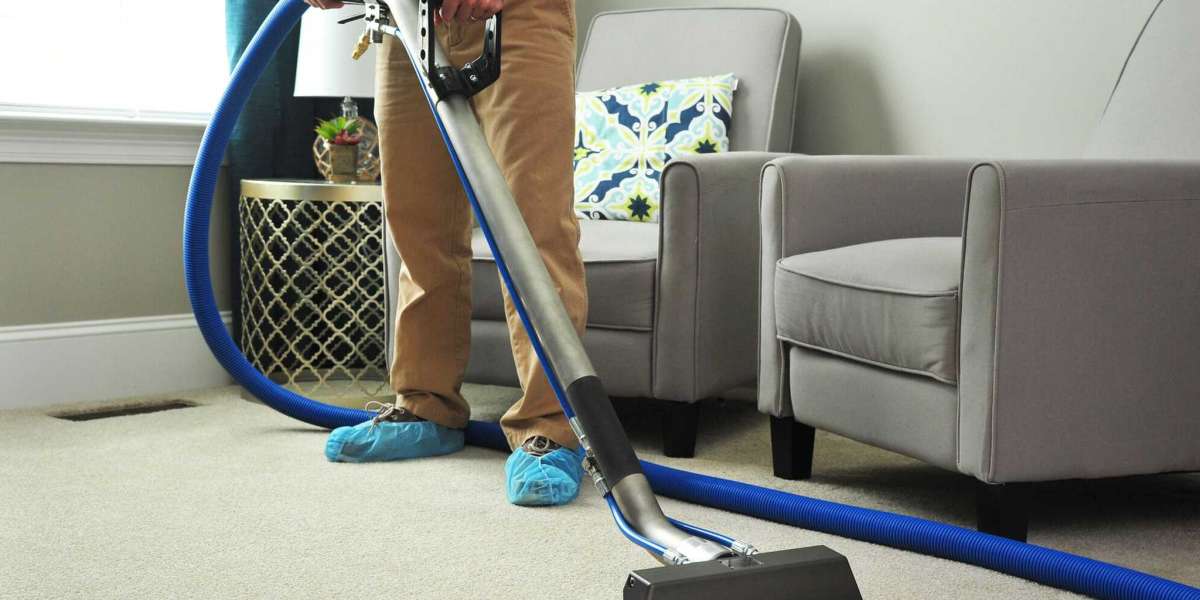Unlock Your Best Run: The Secret to Choosing Perfect Long Distance Running Shoes!
Choosing the right long distance running shoes is crucial for both performance and injury prevention. Many runners face challenges when selecting shoes, often leading to discomfort or even severe injuries. With so many options available, it can be overwhelming to determine which pair will support your unique running style while providing the necessary comfort for those long miles. Whether you're training for a marathon or simply enjoy the thrill of long-distance running, understanding the right footwear can make all the difference in your experience on the road or trail.

Understanding the Anatomy of Running Shoes
To find the perfect long distance running shoes, it's essential to understand their key components. At the forefront are cushioning, support, and fit. Cushioning is vital for absorbing the impact on your joints, especially over long distances. Look for shoes that offer adequate padding in the midsole. Support is another critical factor; shoes should provide stability tailored to your foot type and running style. Finally, a proper fit ensures that your shoes won't cause blisters or discomfort. The combination of these elements affects both your performance and comfort, making it essential to consider them carefully when shopping for your next pair.
Identifying Your Running Style
Understanding your running style is vital in selecting the right shoes. There are three main types: neutral, overpronation, and underpronation. Neutral runners have a natural gait, while overpronators tend to roll their feet inward excessively, and underpronators (or supinators) roll their feet outward. To assess your running gait, consider visiting a specialty running store where experts can analyze your stride. Alternatively, you can track your running patterns on a treadmill or even observe wear patterns on your current shoes. This insight will guide you toward shoes that cater to your specific needs, enhancing your running efficiency and comfort.
Choosing the Right Fit
Finding the correct shoe size and fit is paramount for long distance running. When trying on shoes in-store, wear the same type of socks you plan to run in and ensure there’s enough space in the toe box to wiggle your toes. A snug fit in the heel is essential to prevent slipping, but your shoes shouldn’t be so tight that they cause discomfort. Remember, foot shape varies among individuals—some may have wider feet while others have a high arch. Taking the time to assess your fit can significantly enhance your running experience and prevent injuries.
Material and Durability Considerations
The materials used in long distance running shoes significantly affect their performance. Lightweight materials enhance speed, while breathable fabrics help keep your feet cool during long runs. However, durability should not be compromised. Look for shoes designed to withstand the wear and tear of long distances, as this will save you money and prevent you from needing replacements too frequently. Additionally, consider the weather conditions you'll be running in; waterproof materials may be beneficial for wet climates, while mesh uppers are best for hot, dry conditions.
Testing and Breaking In Your Shoes
Once you’ve selected your new running shoes, it's crucial to test them properly. Start with short runs to gauge comfort and performance. Gradually break them in to allow your feet to adjust, as this can prevent blisters and soreness. Listen to your body during this period; if you notice any discomfort, it may be a sign that the shoes aren’t the right fit or style for you. Taking the time to break in your shoes can lead to a more enjoyable running experience and help you avoid potential injuries down the line.
Final Thoughts on Selecting the Right Running Shoes
In summary, selecting the right long distance running shoes is essential for enhancing your performance and reducing the risk of injury. By understanding the anatomy of running shoes, identifying your running style, finding the right fit, considering material durability, and taking the time to break in your shoes, you can make an informed decision. Remember, this process is personal, and it's worth investing the time to find shoes that work for you. Happy running!








